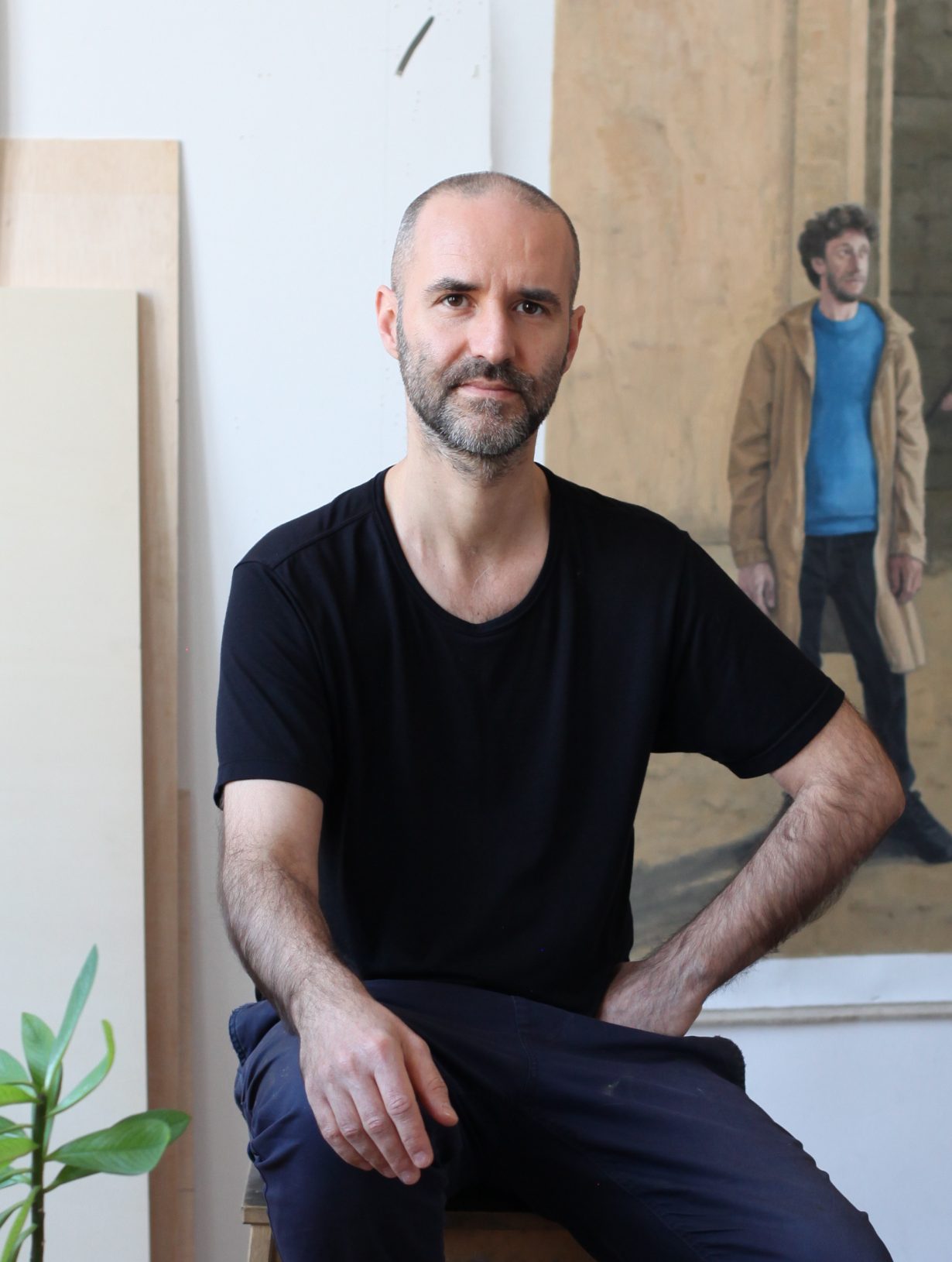ArtReview sent a questionnaire to artists and curators exhibiting in and curating the various national pavilions of the 2024 Venice Biennale, the responses to which will be published daily in the leadup to and during the Venice Biennale, which runs from 20 April to 24 November.
Șerban Savu is representing Romania; the pavilion is in the Giardini.

ArtReview What do you think of when you think of Venice?
Șerban Savu I lived for two years in Venice 20 years ago, so it is difficult for me to single out one impression. I would say the smell of the laguna which to me, having lived there, has a very homey feeling, and the unmistakable irradiant light on a humid Venetian summer day.
AR What can you tell us about your exhibition plans for Venice?
ȘS The exhibition presented in Venice brings together forms of expression that have a long-established tradition in the history of art with the present sociopolitical context and my artistic commentary. The sacredness of polyptychs and the monumentality of mosaic art, of which Venice abounds in exquisite examples, are fused with scenes of work and leisure from the everyday life of a mundane society.
AR Why is the Venice Biennale still important, if at all? And what is the importance of showing there? Is it about visibility, inclusion, acknowledgment?
ȘS The Venice Biennale has a long tradition, and its history cannot be separated from the history of art. Functioning as a dynamic laboratory and a platform for sharing and spreading ideas, it is a highly sensitive measuring device and a live record of the most recent evolutions in art. And beyond its large general and professional reach, it is a great opportunity to meet fellow artists and discover their practice.
AR When you make artworks do you have a specific audience in mind?
ȘS Most of my art is related to the medium of painting and my relationship with painting is rather intimate. I do not think about the audience while working, but on the other hand I like to believe that what I do is addressing everyone. The part that I like most in my relationship with the audience is when the audience assigns a new meaning to my art, other than the one I proposed. Thus, I learn from the audience things I didn’t know about my art.

AR Do you think there is such a thing as national art? Or is all art universal? Is there something that defines your nation’s artistic traditions? And what is misunderstood or forgotten about your nation’s art history?
ȘS Art is the cultural product of an economic, historical and sociopolitical context. And this does not contradict or interfere with its universal message. All nations have their own mythologies, their own heroes, many of which are artists. As long as there are still national states, I think we can, to a certain extent, talk about ‘national art’, that is art appropriated and used by the state power, in various degrees, of course.
Romanian art is no longer aiming to mirror international art like in the 1990s, when it was trying hard to quickly update itself on new media and bridge the gap left by the closing of borders and 40 years of propaganda. Now, it rather retrospectively reflects on the societal changes and their repercussions on art during the years of dictatorship and the transition that followed the Romanian Revolution that brought an end to the dictatorship. Regarding the last question, if I were to point something out, I would say there is perhaps a misperceived discontinuity between the Romanian art tradition before communism and contemporary art. It is a gap that it is now being recuperated.
AR If someone were to visit your nation, what three things would you recommend they see or read in order to understand it better?
ȘS The documentary film The Autobiography of Nicolae Ceaușescu [2010] by Andrei Ujică, the wilderness of the mountains, and the Sculptural Ensemble [1937–38] of Constantin Brâncuși in Târgu-Jiu.
AR Which other artists have influenced or inspired you?
ȘS The most influential artists for my development were my colleagues and friends from the University, Adrian Ghenie, Victor Man and the curator of my exhibition in Venice, the artist Ciprian Mureșan, with whom I have shared the same studio for many years now.
AR What, other than your own work, are you looking forward to seeing while you are in Venice?
ȘS I am interested in everything the Venice Biennale is offering. Starting with 2003, I have visited all the past editions, trying to see how much as I could. Apart from the contemporary art, I would like to visit again Le Gallerie dell’Accademia, Scuola Grande di San Rocco and some beautiful churches that host masterpieces by Bellini, Titian, Tintoretto, Veronese, Tiepolo, etc.
The 60th Venice Biennale, 20 April – 24 November